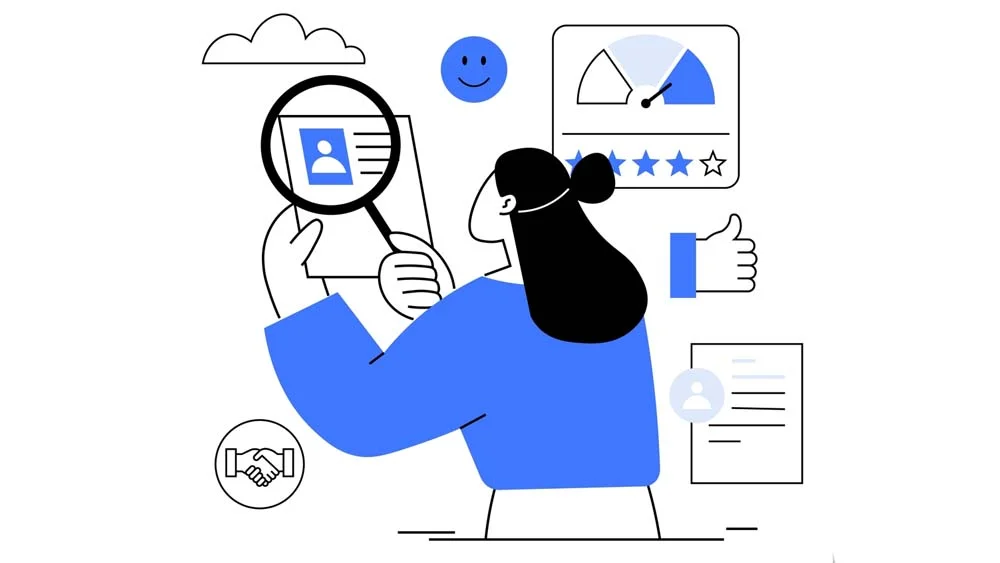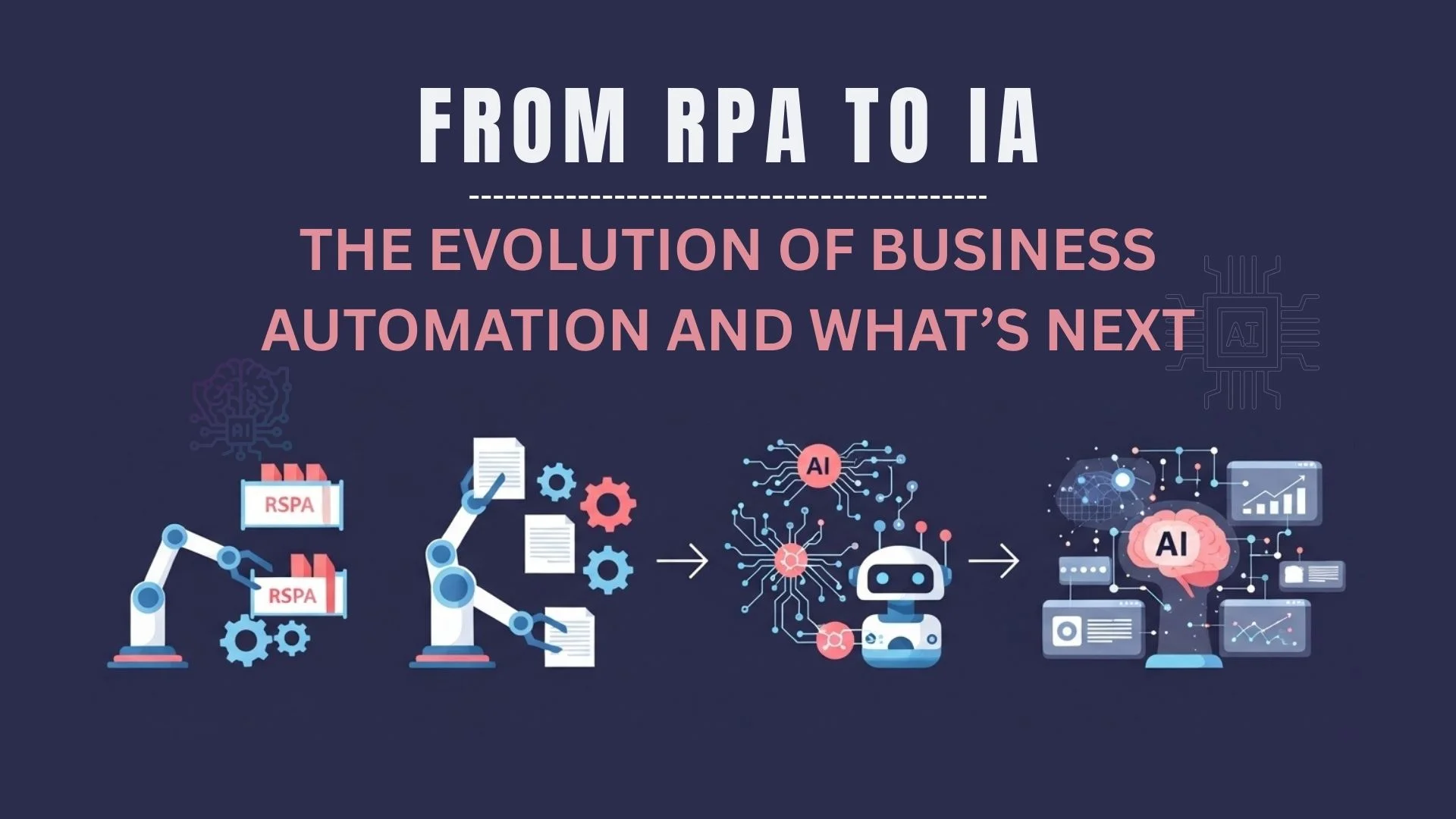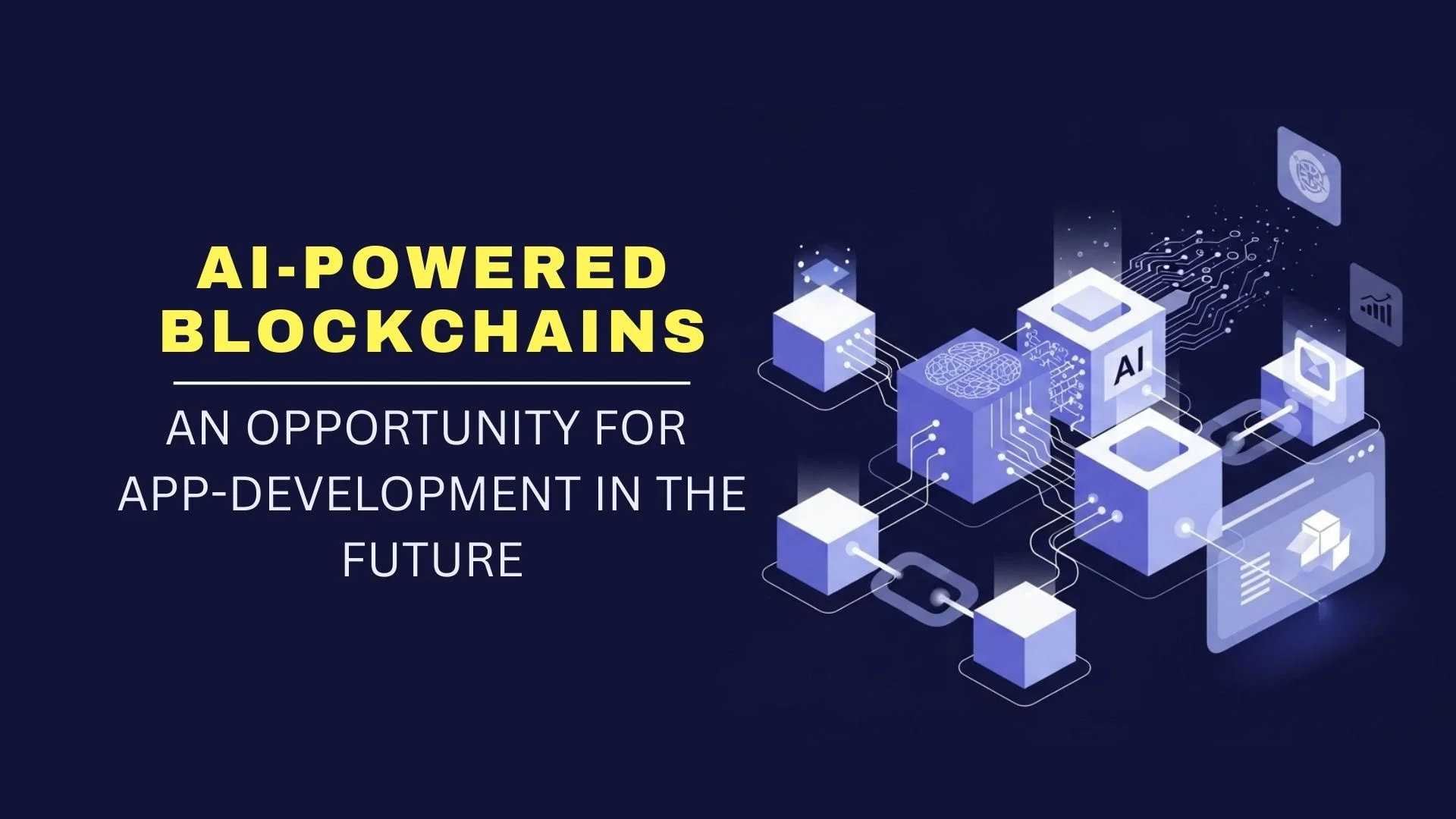How Call Center Software Personalizes Customer Experiences in Real-Time?
Are you keeping up with rising customer expectations in today’s fast-paced business world? Providing exceptional service is no longer a luxury, it’s a necessity. As demands grow, companies are turning to advanced call center software personalization to deliver personalized experiences in real-time.
This cutting-edge technology revolutionizes customer interactions, creating meaningful connections and driving satisfaction to new heights. So, by leveraging AI, real-time data insights, and dynamic call routing, businesses can now anticipate customer needs, streamline responses, and offer tailored solutions. Therefore, ultimately boosting customer loyalty and retention.
The future of customer service lies in personalization, and call center software is leading the charge. So, here we’re going to take a look at how call center software personalizes customer experiences in real time.
The Power of Real-Time Personalization
Real-time personalization in call centers is transforming customer interactions. It went from generic exchanges into tailored experiences that resonate with individual needs and preferences. By leveraging advanced technologies, call center software can now adapt on the fly, ensuring that each customer feels understood and valued.
AI and machine learning are revolutionizing customer service by providing instant data analysis and actionable insights. Companies that adopt AI through advanced call center software can predict the needs of customers through predictive analytics, sentiment analysis, and real-time tracking while improving both customer engagement and satisfaction.
This translates into dynamic call routing, based on interaction history and real-time CRM integrations, routing calls to the best agent. This boosts first-call resolution and reduces handling time.
The AI-powered suggestions of live call transcripts and context-aware responses. This further equips the agents themselves with higher performance and satisfaction rates. Omnichannel personalization unifies customer data from all platforms. Therefore, allows for frictionless interactions; which leads to higher customer retention and conversion rates.
The Impact of Real-Time Personalization: A Comparison
To better understand the impact of real-time personalization in call centers, let’s compare traditional call center operations with those enhanced by modern software:
| Aspect | Traditional Call Centers | Modern Call Centers with Real-Time Personalization |
| Customer Recognition | Generic greetings | Personalized welcome based on history |
| Wait Times | Often long and unpredictable | Reduced by intelligent routing |
| Agent Preparation | Minimal pre-call information | Comprehensive customer profile available instantly |
| Issue Resolution | May require multiple transfers | Higher first-call resolution rates |
| Follow-up Actions | Generic or manual | Automated and personalized |
| Customer Satisfaction | Variable | Consistently higher |
| Efficiency | Lower | Significantly improved |
| Cross-selling/Upselling | Generic offers | Tailored recommendations based on customer data |
As the table illustrates, the differences are substantial. Modern call center software equipped with real-time personalization capabilities offers a superior experience across the board.
Using Data to Drive Personalized Follow-Up Actions
In other words, personalization does not just end at that very moment when the call ends. This is where modern call center software personalizes much further than just the initial interaction to ensure that every customer experience is seamless and continuous.
Through automation and personalized follow-ups that could be generated based on real-time insights from previous interactions, personalized communication strikes where it matters with every single customer. Dynamic post-interaction surveys adjust based on the context of each call, which allows for more contextually relevant feedback to help raise service quality.
Continuous improvement loops use feedback and interaction data to sharpen customer profiles continuously and refine personalization strategies. Therefore, this creates a cycle of continuous improvement, with every interaction refining the personalization strategy.
Moreover, the tools will be able to track the customer’s preferences and behaviors across channels to make sure the next interactions will be even closer to the customer’s needs. Moreover, automation of reminders regarding events, loyalty rewards, and proactive suggestions for services enhances this experience to the extent that customers will feel valued after the initial contact.
The Future of Call Center Personalization
As technology continues to evolve, we can expect even more advanced personalization features in call center software:
- Emotion AI: More advanced systems may be able to detect customer emotions in real time and provide feedback to agents so that agents can modulate their tone and approach to further improve emotional rapport and empathy in interactions.
- Predictive Issue Resolution: AI can detect potential problems before they happen by analyzing customer behavior for trends, hence providing proactive solutions that would enhance customer satisfaction while minimizing disturbance in service.
- Virtual Reality Customer Service: For complex issues, VR could enable agents to be immersed in the customers’ environment and visually guide them step by step while transforming technical support experiences.
- Hyper-Personalization with Deep Learning: Deep learning will likely be applied to hyper-personalization during interactions, tailoring offers, product suggestions, or troubleshooting steps to each customer’s unique preferences and history.
- Natural Language Processing for Multi-Lingual Support: As NLP technology continues to evolve and improve, call center software will enhance support for multiple languages and dialects, improving real-time customer interactions globally.
- Biometric authentication: With the advancements in voice or facial recognition technologies, it will not be surprising to see this feature also included in the call center software so that the verification of a customer’s identity is seamless, instant, and secure to reduce friction during the interaction.
- Augmented Reality (AR) Assistance: Complementing virtual reality, AR can be used to overlay real-time visual guides or instructions onto customers’ devices for more complex troubleshooting or to set up a product.
Implementing Real-Time Personalization: Best Practices
To maximize the value of real-time personalization in your contact center, here is a list of some of the best practices to consider:
- Invest in Quality Data: Ensure that customer data is accurate, up-to-date, and complete.
- Train Your Team: Educate and train your team on how to make better use of real-time personalization.
- Balance Automation and Human Touch: Leverage technology to augment-not replace-the human touch in customer service.
- Prioritize Privacy: Make sure customers’ privacy is ensured; institute controls over data protection that guards customer trust.
- Continuously Optimize: Regularly review performance metrics and customer feedback to fine-tune personalization strategies.
Conclusion
New evolutions of call center software have ushered in a bold new world of customer service in which every interaction is an opportunity to create a lasting, positive impression. With AI, dynamic routing, real-time assistance tools, and omnichannel integrations, businesses can now foster those very situations that avail personalized experiences their customers want, sometimes even beyond expectations.
Looking ahead, the companies that thrive will be the ones embracing these technologies to create more human, empathetic, and effective customer interactions. It is no more about whether to personalize but how.
Frequently Asked Questions
- How to enhance customer experience in a call center?
Improvement in customer experience would then include AI-powered tools for real-time customer insights, personalized call routing, and agent assistance at a call center. Additionally, omnichannel support would mean zero or minimum wait time, with access to customer history available for agents.
- How is customer relationship management software being used in call centers?
Customer Relationship Management software provides real-time access to customer data. Therefore, helping a call center reach out to them on a personal note. CRM software empowers an agent to track customer history and handle queries efficiently. It offers solutions accordingly, thus reaching a higher level of customer satisfaction and retention rate.
- What is the importance of call center agents in the customer experience?
However, call center agents have a significant role in the customer experience, where the first touchpoint is expected to be resolved or supported. Effective communication, personalization of interaction, and delivery of solutions directly impact satisfaction, loyalty, and brand perception.





